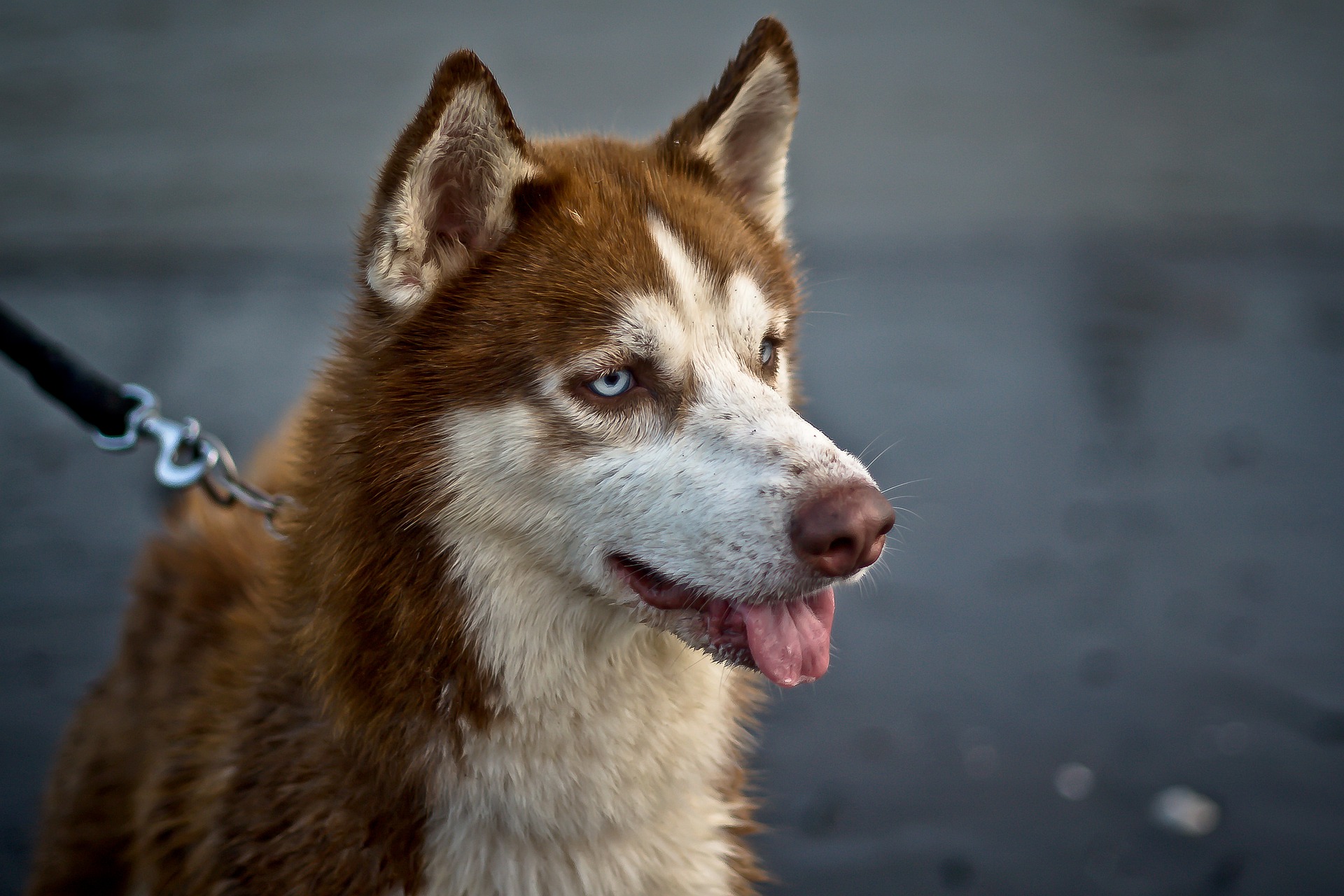In order for your dog to be healthy and happy, they must learn to obey your commands. After all, you are responsible for keeping them safe, and a dog who cannot focus on your commands is likely to get into trouble – or at least cause you a lot of frustration.
Like human beings., dogs have distinct personalities. This means not every dog will suffer from the same distractions, and therefore helping your dog to focus requires you to get to know your animal, observe his behaviors, and work to help him overcome.

Distractions Come in Many Forms
In order for everyone – human and canine – to live in peace, rules must be followed. If you have tried to train your dog but find that there are a couple of obstacles you can’t seem to get past, you may need to look a bit more closely at what his triggers are. Not every distraction can be dealt with right off the bat.
Perhaps your dog won’t stop barking whenever someone comes to the door. Maybe he loses his mind whenever a bird lands in the back yard, or can’t resist digging through the garbage can. Every animal is different, and what sets one of your dogs off may not even make another animal blink an eye.
Therefore when training your dog to overcome distractions and regain focus (in order to focus on you and your commands) you first must identify and classify their distractions.
Levels of Distraction
- Low-Level Distractions: a low-level distraction catches you dogs attention and he may look away from you, but you can easily get his attention back with a command. This distraction does cause him to stop and ignore you for a moment, but it is fleeting and quickly recovered from.
- Higher Level Distractions: Higher level distractions require more work on your part to recover from. Your dog may turn his back on you, pull on his leash, ignore your commands, or even fail to react to a favorite treat.
- Problem Distractions: Some distractions simply go over the top. These occur when your dog is so overstimulated that you cannot get him to listen to you unless you remove him from the situation. He may jump on people, run away from your side to chase another dog, or race back and forth on the couch, barking incessantly while watching the postman approach. In these instances, you simply cannot get them to respond to a command.
Training to Ignore Distractions
Once you have identified your dog’s specific triggers, you can begin to help them to obey you regardless of the situation. Start with your pet’s low-level distractions. Train them until they have mastered these distractions, then move onto a higher level distraction.
Like all of us, dogs learn simple commands before moving onto harder concepts. Expecting your animal to be able to conquer a problem distraction before they can control themselves in a low-stimulus environment is unfair to them – and will prove to be nothing but frustrating for you. If you begin with easily solved distractions and pour on the praise, they will be eager to continue to please you as you move up the ladder of difficulty.
Be patient with your pup. If he seems to be doing well at a mid-level distraction and you try something harder, he may still struggle. Simply bring him back to something he can handle, and try it a few more times. Through patience and practice, you and your dog should soon be enjoying a more serene, safe and compatible existence.
Having trouble navigating your dog’s obedience training? The experts at Gulf Coast K9 Dog Training have been helping Sarasota and Bradenton dog owners learn to live in harmony with their pets for years. Call us today to learn more about our classes and methods.




